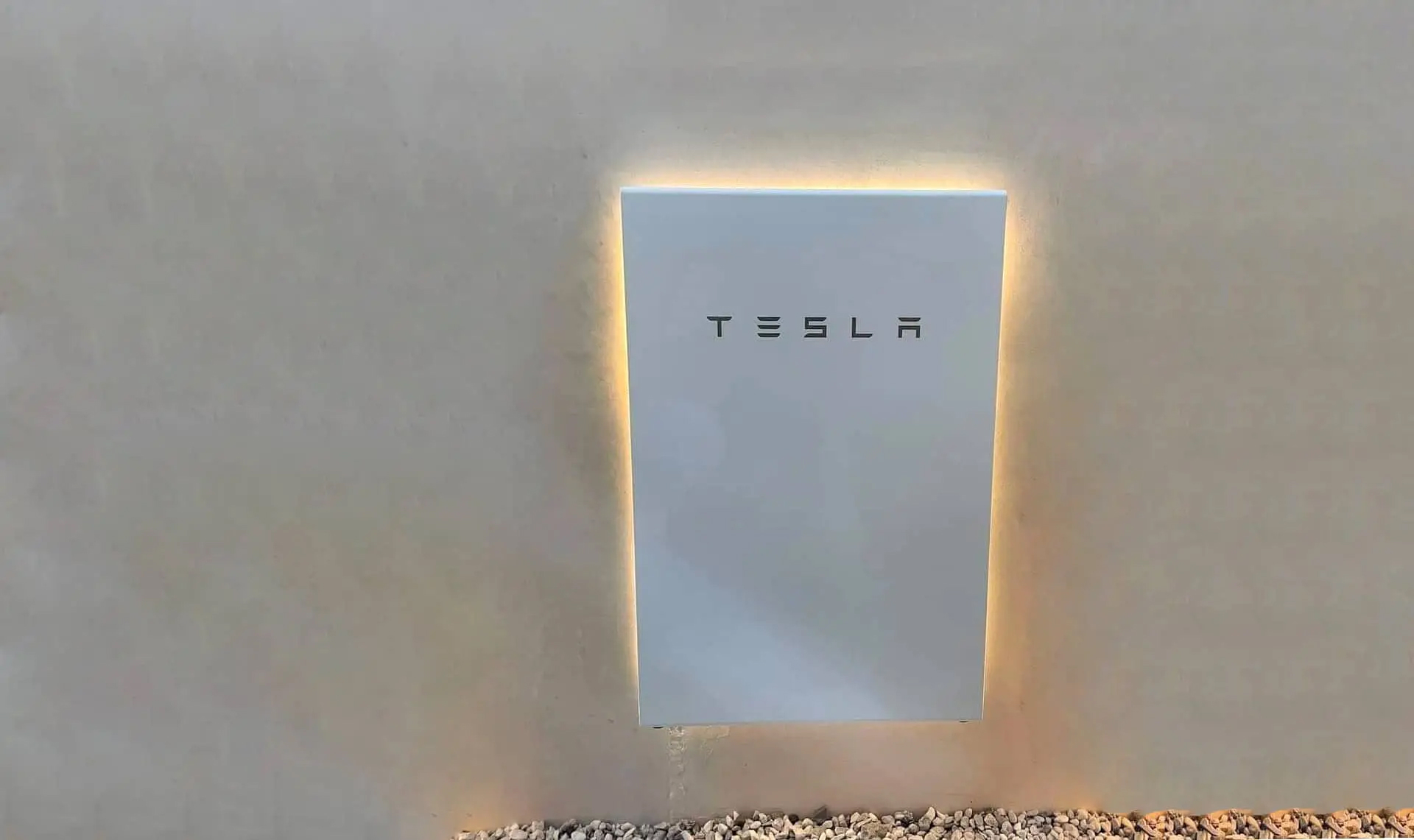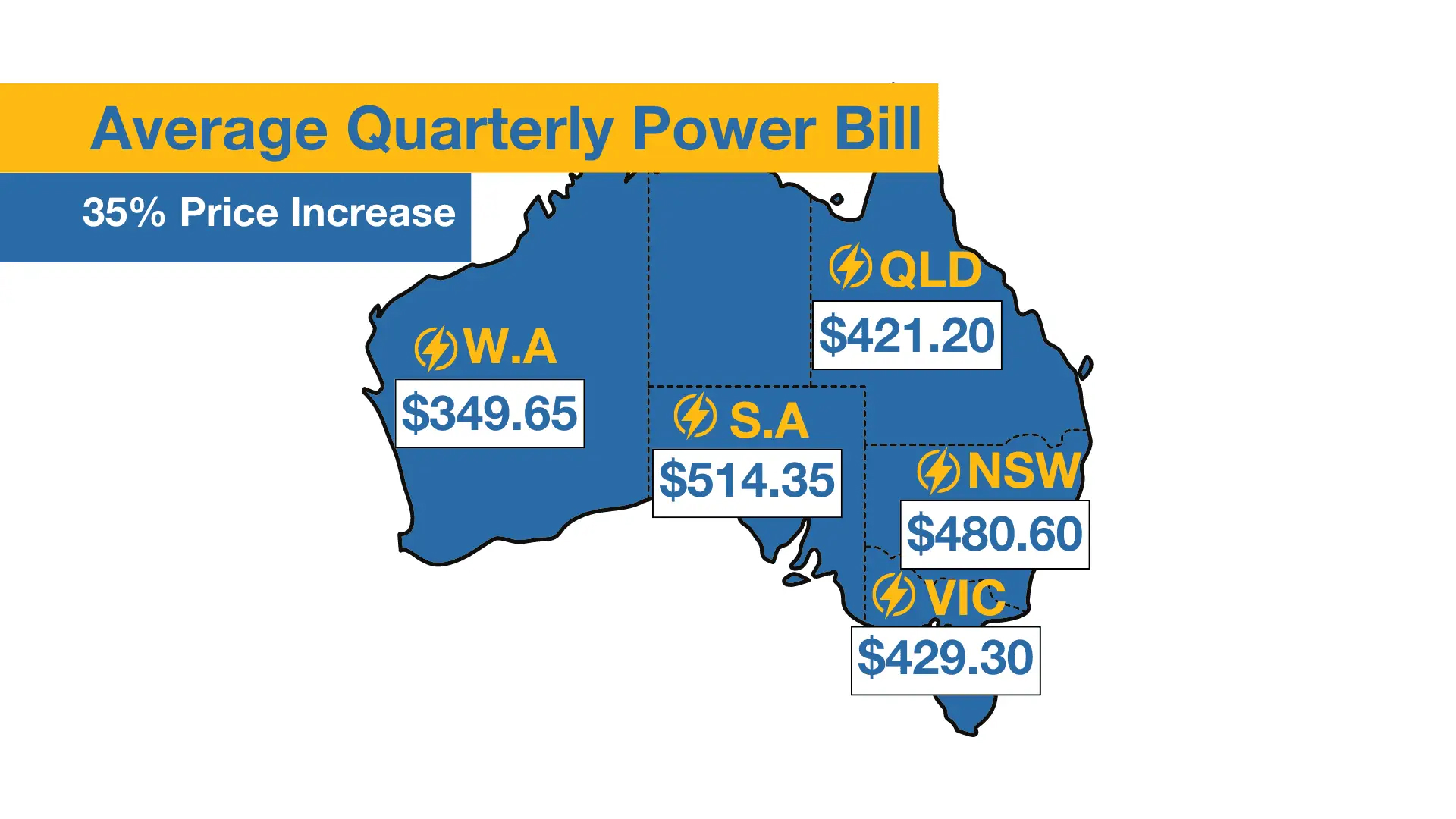Solar power is more popular today than ever before, and as time goes on it looks set to become even more widespread, not just in Australia but around the world. But how long has solar been around?
What journey did it take to get to where it is today? The answer is a pretty fascinating one, and the story starts earlier than you might think. Let’s take a look at the evolution of solar energy (and what’s coming next).
The Early History of Solar Energy
When was solar energy first used? Most people would give an estimate somewhere within the last 100 years, and if we think about solar panels in the way we use them today, they’d be correct.
However, humans have been using energy from the sun to heat their homes for much longer than that. Many thousands of years ago, the Ancient Egyptians designed their houses to store heat from the sun in the walls of their building.
All day the baking hot African sun would pound their homes, and when the sun went down all that stored heat would gradually release, keeping the inhabitants warm throughout the freezing desert nights. It’s not quite photovoltaic cells and solar batteries, but it’s the first chapter in a long history of harnessing solar power.
Modern Solar Energy — The Photovoltaic Effect and the First Steps to Solar Panels
Fast forward a few millennia and we reach the first stages of the journey to today’s solar panels. The discovery of solar panel technology took place in many stages, with the work of many scientists.
A major breakthrough was the discovery of something called the photovoltaic effect, which happened when a French scientist called Edmond Becquerel found that metal electrodes could use light energy to produce electricity.
Through the later decades of the 1800s, several scientists built on that idea, gradually discovering that selenium could be used to harness the power of sunlight to produce electricity. 1883 saw the invention of the first-ever solar cell by Charles Fritts.
This process was refined over the next century, and in 1954 we saw the first example of what we would recognize as a solar cell today. The first ever silicon photovoltaic cell was created by Calvin Fuller, Daryl Chapin, and Gerald Pearson — and was able to provide enough electricity to power actual devices for several hours.
The later half of the twentieth century saw numerous breakthroughs and advancements in solar technology, as scientists worked to improve the efficiency of solar cells and gradually push them to a point where they made sense as a mainstream energy source for homes.
Today’s solar panels are much more effective than those of the past, and this progression looks set to keep going.
The Current State of Solar Energy and What The Future Holds
Today, solar is more popular than ever before. We’ve finally reached a point where solar panels are a feasible option for powering entire homes and businesses at a reasonable price point, and given the environmental benefits of solar, more and more people are turning to the technology.
It’s not all sunshine and rainbows. Solar power still faces some challenges — it’s still seen as too expensive for many households (although this is changing fast) and it’s plagued by misconceptions and unfair negative press.
The Future of Solar
We’re at an incredibly exciting point where impressive advancements in solar technology are happening all the time. New materials are being discovered to make solar panels more efficient, productive, affordable, and durable.
At the same time, new storage methods are being developed to make it easier to power your home even when the sun isn’t shining and move towards full energy independence.
Since solar is a much more sustainable and environmentally-friendly energy source compared to fossil fuels, it’s also benefiting from high levels of funding and research and is bolstered by growing interest.
We’re now looking at a future where solar power has a real chance of becoming a major source of electricity, competing with fossil fuels and perhaps even replacing them at some point in the future.
Embrace Solar Energy
Solar is an incredibly powerful, sustainable, and often surprisingly affordable way to provide energy to your home. As time goes on, it’s likely to become even more effective and widespread.
Don’t wait around. At SnapSolar, we can help you make the switch to solar, providing you with all the information you need to make the decision and get started on your solar journey. Get in touch to learn more.
Get Your FREE Quote Today & Save $$$!
Contact our team today and we'll get back to you as soon as possible to discuss your solar needs!
Get a FREE QuoteRelated Articles.

How Much Are Solar Batteries?

Jackson Wyer

Energy Costs Are Skyrocketing – Is Solar the Affordable Solution?

Jackson Wyer

Understanding the July 2023 Ergon Rate Rises in Australia

Jackson Wyer

